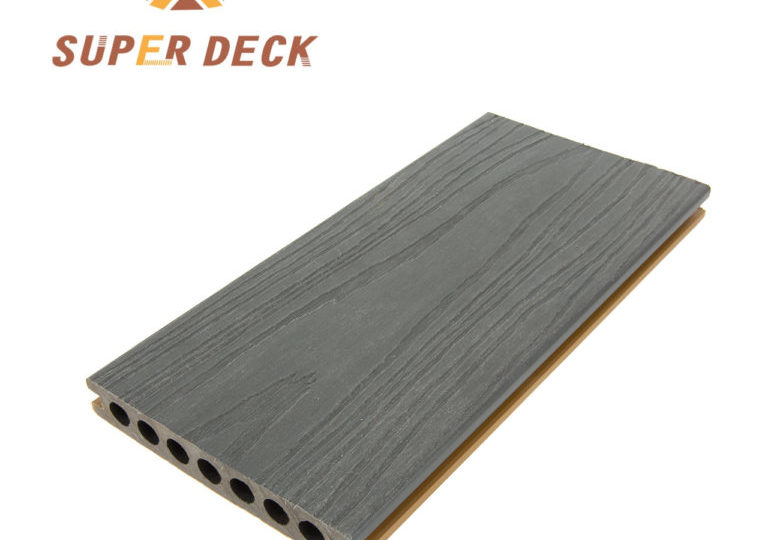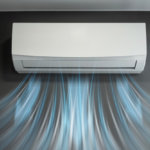It is easy to pretty much just say that every type of composite decking is the same – it’s not wood. But, when you look further into what it is made up of, the ingredients vary between brands which can dramatically affect the quality of the board.
It’s similar to comparing Nurtragrain and Rice Bubbles, both are cereals, but they are made from entirely different ingredients. Nutragrain is made from wheat and Rice Bubbles from, as it indicates, rice. While the main ingredient in both these kinds of cereal is inherently healthy, each has different combinations of benefits. It’s the same way with the varying types of composite materials; some are more beneficial than others.
The varying blended deck options long term will deliver better results than pressure-treated (PT) wooden options. As we take a closer look at what components they’re made from, it will help you decide what is right for you when building your deck and why one set of ingredients are more preferential than others.
Primary Ingredients of Composite Decking
The two main components in this type of material are plastic and wood. Both reasonably common ingredients, but these elements have usually been sourced from recycled materials, making them an eco-friendly and more sustainable choice than other plastics.
A lot of composite decking boards are composed of up to 90% of recycled materials that are post-consumer and post-industrial. The raw materials include:
- Sawdust
- Woodchips
- Wood fibre
Making Composite Decking Boards
The process of making composite decking boards includes using a co-extrusion method. This refers to introducing an extruder that melts the mixture together and forces it through timber shaped ‘die.’ While this method already holds up very well, especially compared to traditional timber, some manufacturers take the step further. They use a co-extrusion process that places a capped and tough composite polypropylene sheet on around three sides of the composite board.
While the capped layer is bonded fully to prevent layers from splitting apart.
It should be noted, this process adds a seamless, unified layer that protects the ingredients from spills, strain and foot traffic. The shell also has UV inhibitors which protects it from the sun and helps prevent fading. While a composite option is heavier than wood, it has so many more advantages, in that it:
- Resistant to rot
- Never warps
- Doesn’t splinter
- Doesn’t require painting
- Never needs sealing
- Doesn’t stain
Polyethylene and Polypropylene, What’s the Difference?
Polypropylene Plastic (PP) uses a blend of rugged, reclaimed hardwood fibre and is UV-stabilised. This unique formula adds stability and a more comprehensive performance than other plastics such as PVC and Polyethylene (PE).
The most commonly used plastic globally is PE and is widely used in the packaging industry. Shampoo bottles, milk jugs, motor oil containers and cutting boards are made out of high-density polyethylene, a strong material that is easily recyclable. Interestingly, many recycling bins are made out of recycled HDPE.
PP is also popular with food packaging, but it’s less brittle than HDPE, making it resistant to fatigue. Further, because PP has a high melting point and is resistant to chemicals, it is also used in the automotive industry for plastic items.
Why Polypropylene is a Better Component for Composite Decking
While we have established that PP and PE are commonly used in composite decking manufacturing, one stands out against the other. PE has lower recycling costs and greater availability, so it is more widely favoured by composite manufacturers.
Yet, as consumers have begun demanding better performance from their decks over the last decade, other plastics are becoming integrated more. With issues such as structural strength, colour fading, sponginess, staining and being hot underfoot, it has become necessary to consider other options.
PP has a higher melting point, so it absorbs and retains less heat than other plastic options. Once blended with the fibres from hardwood, a composite deck will be quite a lot cooler than a board made entirely of PVC.
Also, PP has better performance because of its strength which means less sagging between joists. What this means is that the aesthetics of your newly constructed composite deck are improved, and the structure is a lot safer and better lasting overall. If you wish to get creative, PP enables you to be more flexible with your creativeness and use of space.
This all means that you can be sure that you are getting a unique product that will outperform wood and other types of decks when you take a look at composite decking. It will be long lasting, and its resistance to mildew will mean less work and better performance overall. Get Scholarships for Online College Degrees












